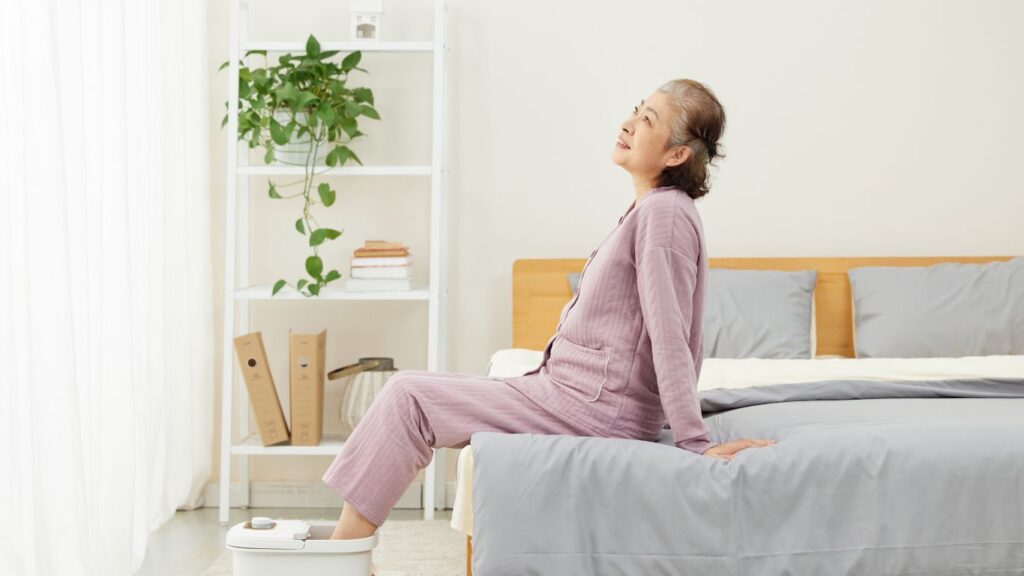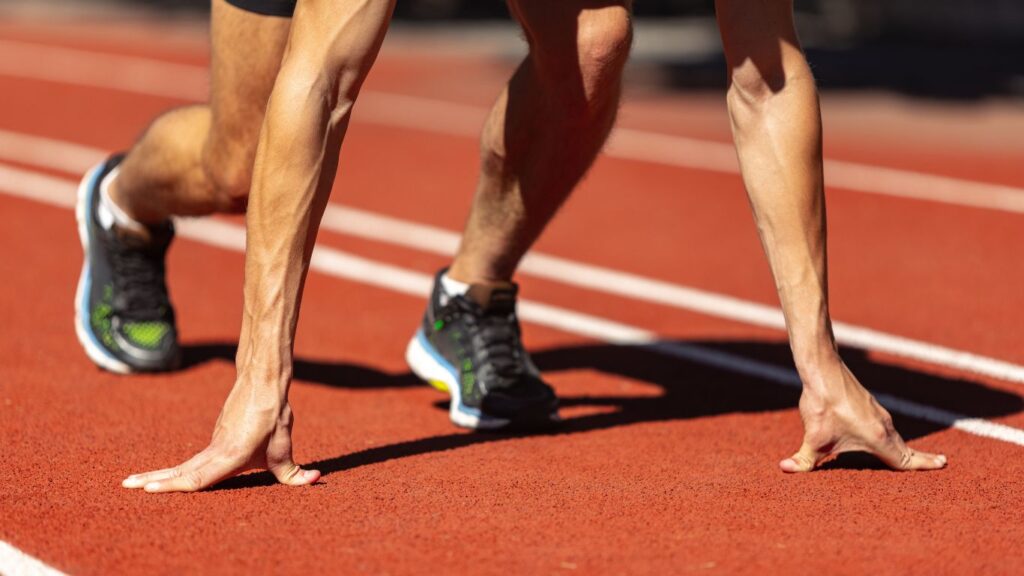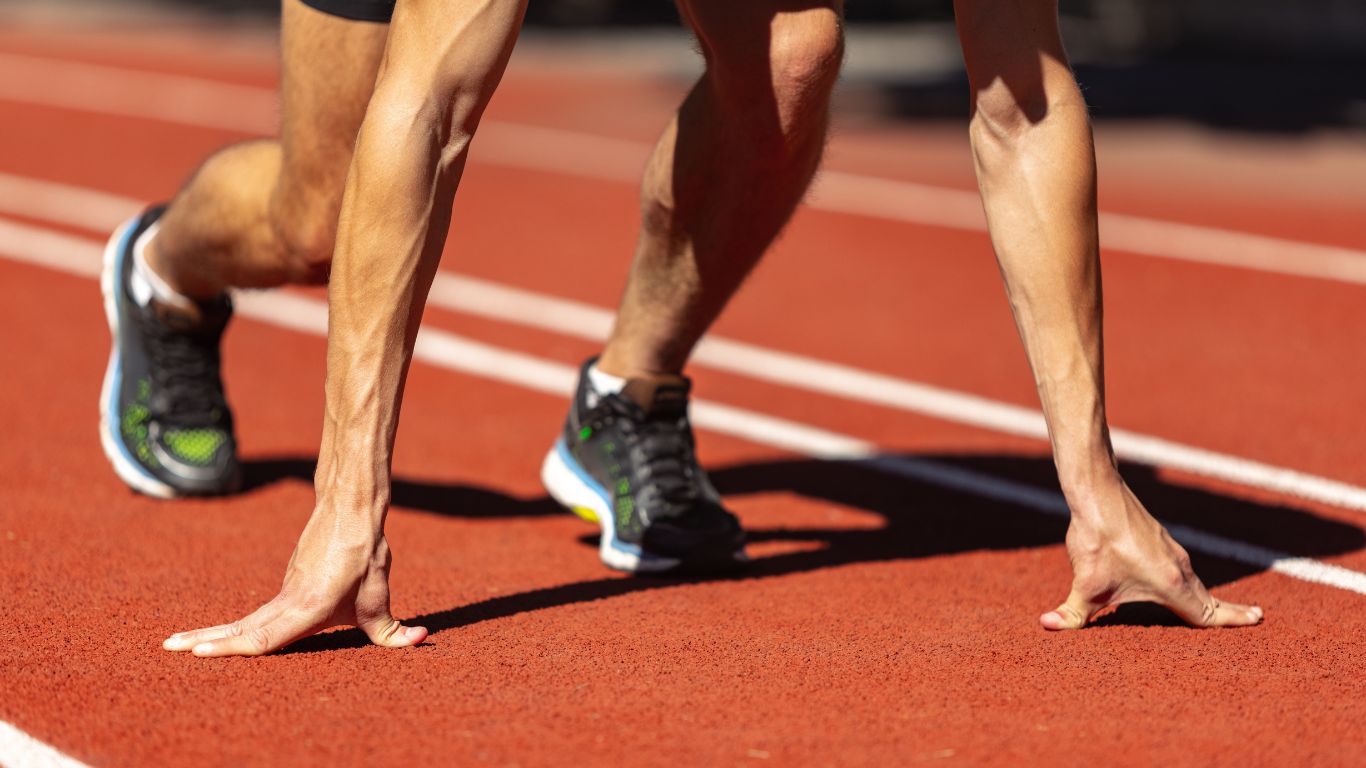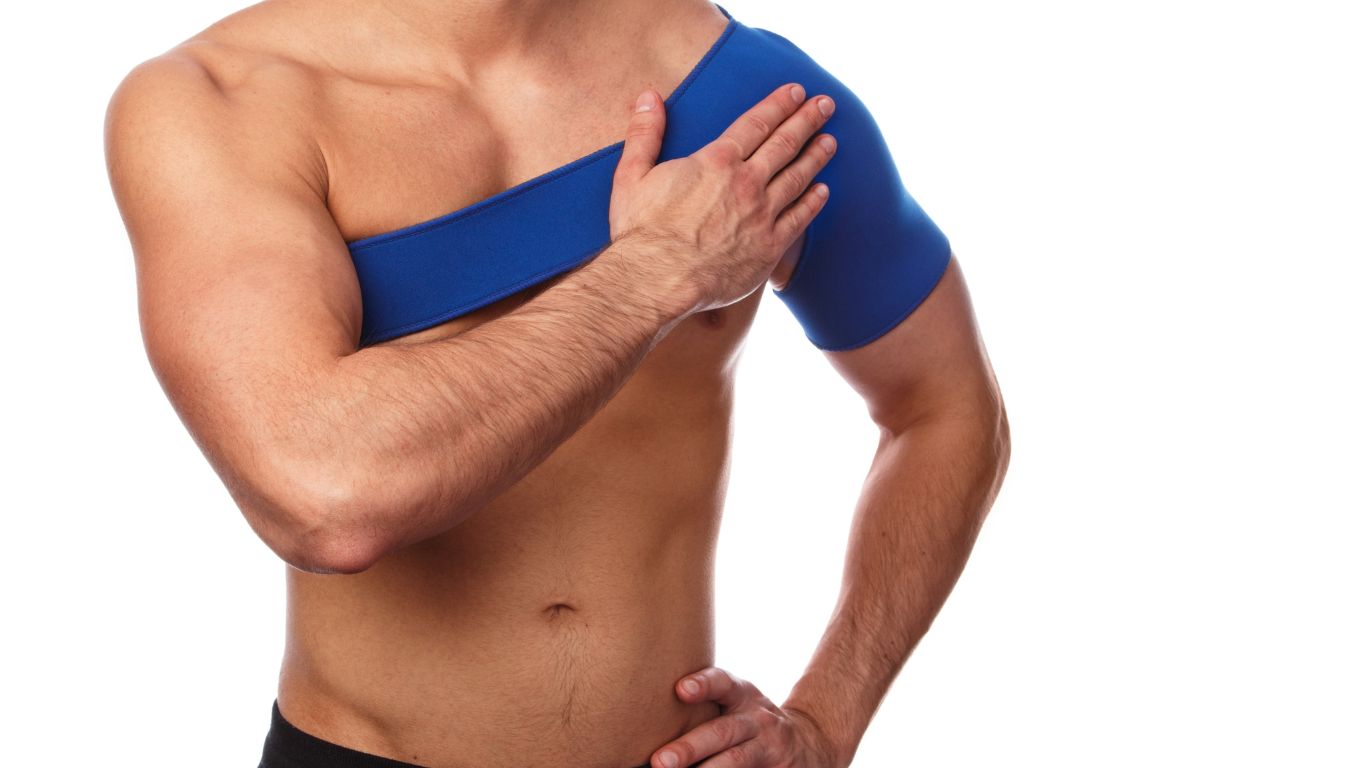Athlete’s foot, known medically as tinea pedis, is a common fungal skin infection that usually begins between the toes and can cause itching, redness, and peeling skin. It is caused by a group of fungi called dermatophytes, which are the same culprits behind ringworm and jock itch.
How Does Athlete’s Foot Spread?
While the infection is typically localized to the foot, particularly between the toes, athlete’s foot can spread. This fungal affection can move to other parts of your body if you touch the infected area and then touch another body part without washing your hands. However, it’s uncommon for an athlete’s foot to spread to the face. The fungi that cause athlete’s foot prefer the warm, moist conditions typically found in places like your feet, especially if you wear tight shoes or sweaty socks.
Modes of Transmission

This fungus is transmitted primarily through direct contact with an infected area. This could involve touching your feet, which are affected by an athlete’s foot, and then touching your face, which can spread the fungus to that area. Sharing personal items, such as towels, socks, or shoes, with someone who has an athlete’s foot increases the risk of spreading the fungus.
Real-Life Spread Examples
- High School Athlete Case: A case reported from a high school showed multiple athletes developing the infection after sharing socks and using communal showers without protective footwear, highlighting the potential for an athlete’s foot to affect a group of individuals in close contact environments.
- Household Spread: Another case involved family members contracting the infection at home. The spread was facilitated through shared bath mats and towels with someone who had athlete’s foot.
- Gym-Related Spread: A gym-goer contracted athlete’s foot from locker room floors. Although careful hygienic practices were followed at home, the person inadvertently spread it to their partner.
Preventive Measures

To avoid the spread of athlete’s foot, whether to your face or others, consider these prevention tips:
- Dry and Clean Socks: Change into clean, dry socks regularly to keep the environment unfriendly to fungus for your feet.
- Protective Footwear: Use sandals or flip-flops in communal showers, poolsides, locker rooms, and gyms.
- Thorough Washing: Wash your feet daily, washing and drying thoroughly between your toes.
- Avoid Sharing Personal Items: Do not share personal items like towels, shoes, or socks, as they can be contaminated.
- Antifungal Products: Utilize antifungal powders or sprays to prevent the growth and spread of fungi in shoes and on feet.
- Good Hygiene: Maintain good overall hygiene and keep your feet dry to minimize the risk.
FAQs
Can using someone else’s shoes directly cause an athlete’s foot?
Yes, wearing the shoes of someone with an athlete’s foot can directly expose you to the fungi causing the infection, thereby increasing your risk of developing the condition.
Is an athlete’s foot contagious through bed sheets?
Athlete’s feet can spread through contaminated bed sheets if they have been in contact with an infected person’s feet. Regular laundering with hot water can minimize this risk.
Can an athlete’s foot lead to more severe health problems?
In most cases, an athlete’s foot is not severe and can be treated with over-the-counter antifungal medications. However, if left untreated, the infection can spread to other body parts, lead to bacterial infections, or worsen existing skin conditions.
How long does an athlete’s foot fungus survive on surfaces?
The fungi that cause an athlete’s foot can survive on surfaces, particularly in warm and moist environments, for several days to months, depending on the conditions.
Can I go swimming if I have an athlete’s foot?
Swimming is possible with an athlete’s foot, but wearing waterproof sandals in communal areas is crucial to prevent the spread of fungus and minimize the risk of infection by others.
Remember, it is rare for an athlete’s foot to spread to the face, but maintaining good hygiene practices and being mindful about preventing the spread of the infection is essential for your health and the well-being of those around you. If the infection persists or spreads, consult a healthcare provider for appropriate treatment.









